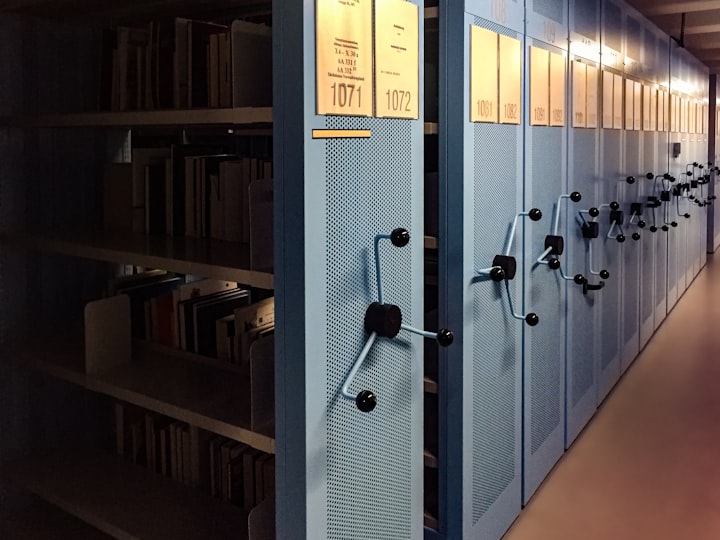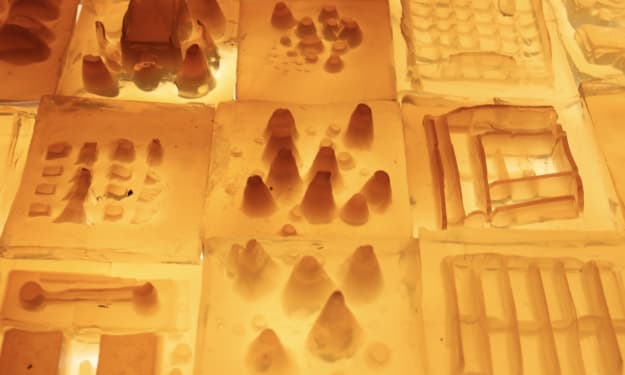Utopian Optics of DNA Data Storage
Symbolic gestures of equality may not complement the potential inequality of access
Recently, as I was browsing through the list of current members of DNA Data Storage Alliance (DDSA)— a collaborative group composed of various entities from academia, industry, and technology sectors that are working to develop and promote the DNA-based archival technology — a company called Imagene caught my attention. Upon closer inspection, the company was involved in an interesting ceremony in France.
In 2021, two groundbreaking declarations from the era of revolution found a novel home within the French national archives (Archives nationales) as they became enshrined in encapsulated DNA. At the heart of this pioneering endeavor lay the DNA Drive technology, a creation by the innovative minds of researchers Stéphane Lemaire and Pierre Crozet.
Comprising two metallic capsules (also called DNAshells by Imagene), each housing an astonishing 100 billion copies of the Declaration of the Rights of Man and the Citizen dating back to 1789, as well as the Declaration of the Rights of Woman and the Female Citizen penned by Olympe de Gouges in 1791, these artifacts were archived among the most cherished documents safeguarded within the Archives Nationales.

These archives, representing the earliest instances preserved in DNA form, are set to be placed within the fabled Armoire de Fer, or “iron chest” — a monumental safe constructed in 1790. This somewhat prestigious repository already shelters a wealth of historically significant items, including various French constitutions, Louis XVI’s diary, the platinum-based standard meter bar and kilogram cylinder, and even Louis XIV’s last will, and testament.
Further Symbolic Gestures Involving DNA Data Storage
The use of DNA data storage technology for such purposes isn’t a recent phenomenon. Various statements and historical elements signifying human equality have undergone conversion into DNA by different individuals and groups. One such significant example is the Universal Declaration of Human Rights, which has captured the attention of many enthusiasts. For instance, artist Charlotte Javis integrated this declaration into her work titled “Blighted by Kenning,” published in 2012. Similarly, in that year, the University of Washington and Microsoft also engaged in encoding this historic document into DNA.
Moreover, another iconic piece of history, a 26-second excerpt from Martin Luther King’s legendary “I Have a Dream” speech, underwent a similar DNA encoding process in 2012. It appears that the year 2012 was notably marked by endeavors that aimed to encapsulate utopian and symbolic social declarations into the DNA medium.

Statements of Equality vs. Inequality of Access
More than ten years on, now in 2024, the DNA data storage technology is yet to reach maturity with developments still ongoing. And more importantly, the technology's full accessibility to the general public and cultural heritage organizations is yet to be achieved.
The seemingly utopian promise of DNA-based archives faces significant accessibility challenges on multiple fronts. These hurdles include physical access limitations to the archives (although small, DNA archives are nevertheless a phsyical artefact), complexities in understanding the technology, and restricted access to the technology itself. Physically accessing DNA archives presents logistical difficulties, hindering widespread availability. Understanding the intricate technology poses comprehension barriers, leading to confusion and security concerns. Additionally, high costs, technological barriers, and monopolization further restrict broad access.
Overcoming these challenges requires proactive strategies. Collaboration with technology leaders, advocating for legislative support, and adopting hybrid archiving models combining digital backups with DNA storage can enhance physical accessibility. To improve intellectual accessibility, outreach, and educational efforts are crucial. The DNA Data Storage Alliance (DDSA) aims to educate the public, yet detailed strategies are not publicly disclosed.
Encouraging democratization through open-source initiatives, regulatory enforcement, community involvement, and accessible education are vital steps to broaden access and counter the dominance of exclusive entities in controlling technological progress.
About the Creator
Raphael Kim
Independent researcher, writer, and educator: On topics around microbes, DNA, and AI. Ph.D in hybrid bio-digital gaming with living microbes







Comments
There are no comments for this story
Be the first to respond and start the conversation.